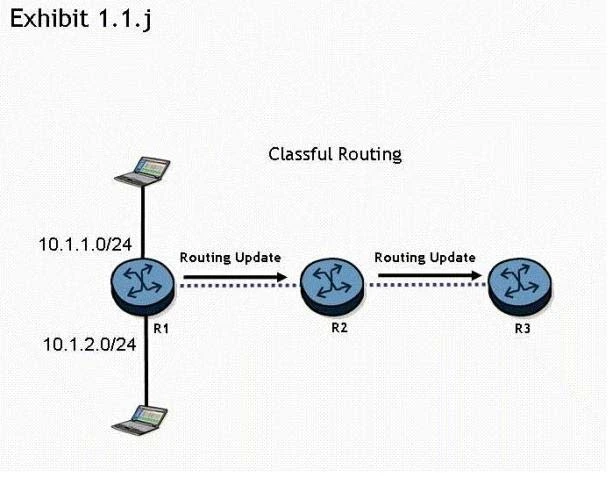Alcatel-Lucent Interior Routing Protocols
Here you have the best Alcatel-Lucent 4A0-101 practice exam questions
- You have 315 total questions to study from
- Each page has 5 questions, making a total of 63 pages
- You can navigate through the pages using the buttons at the bottom
- This questions were last updated on December 16, 2025
- This site is not affiliated with or endorsed by Alcatel-Lucent.
